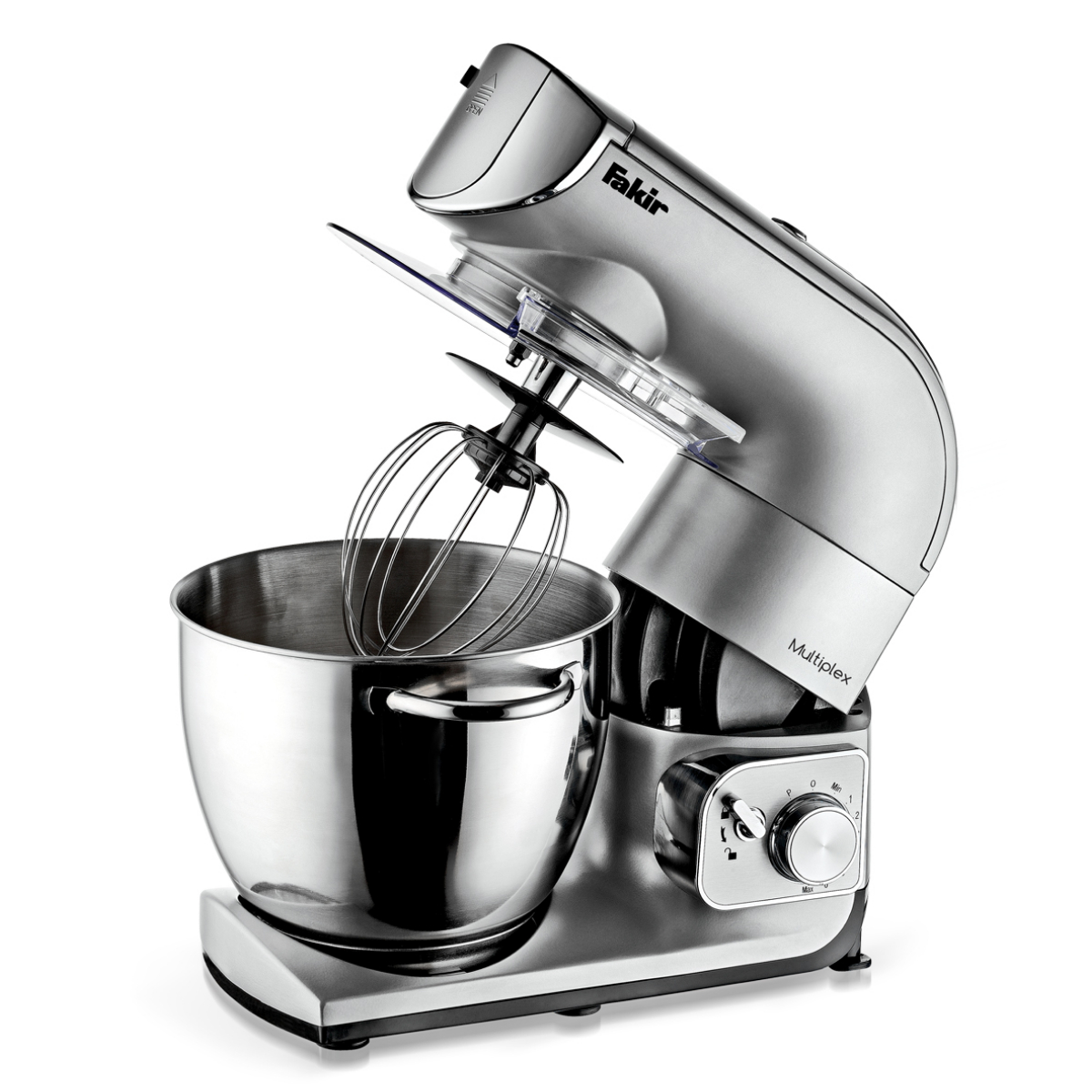Did you know that food processors were first used in the military?
Electric motors produced before the 1900s could not be used in small household appliances because they were too large. In 1916 the problem was solved and the first mixer was produced for the US Navy.

Mixer is a small household appliance that housewives use especially for cake making. Previously, the mixing process by hand was both tiring and the consistency obtained was not as desired... Chester A. Beach, a pioneer in general electric motors that consume less energy, small size and high speed, created his first electric motor, which he called "mini horsepower", in 1905. made. This downsizing of electric motors allowed the use of motors in new and useful tools.
Big impact of small electric motor
The large size of electric motors produced before the 1900s prevented their use in household appliances. Chester A. Beach, who wanted to produce smaller, faster, and less electric motors, got the results of his studies in 1905. It was the first small electric motor produced, and Beach called it the "tiny horsepower."
Chester A. Beach's small electric motor revolutionized the invention of household appliances. Many tools were built using these electric motors.
In 1908, Herbert Johnson designed a baker's mixer to save the effort of kneading dough. This dough mixer was an invention that paved the way for multi-purpose food processors. This invention was the first example for mixers, if not for the home. Beach invented and patented the first electric kitchen mixer in 1910. That same year, he founded Hamilton Beach Manifactoring with Fred Osius and L. H. Hamilton to market his mixers.
In 1916, Hobart Manifacturing which produced the baker's mixer, began production for the US Navy. The popularity of the mixer increased so much that in 1919 the company started to produce mixers for home use as well. He started producing a model called the H-5 Mixer by founding a company called Troy Metal Product. The H-5 is the first mixer for home use with its own fixed stand and mixing bowl; It is also the first example where the beater and bowl rotate in opposite directions, a feature called "planetary motion". The H-5 was soon renamed KitchenAid, which is still a strong brand to this day.
In the 1930s, Egmont Arens designed a smaller, sleeker, lighter model that is now considered a design classic.
In the following years, many companies, brands and many improved mixer models emerged. Thanks to the developments and innovations made after the invention of the mixer, first the blender and then the food processor were invented.
